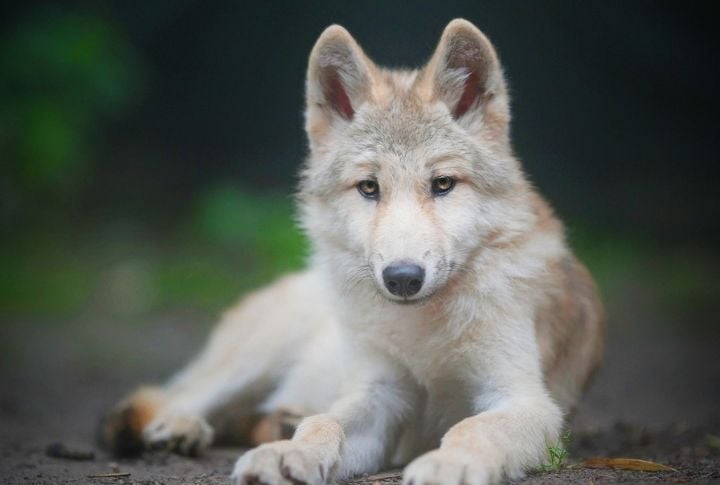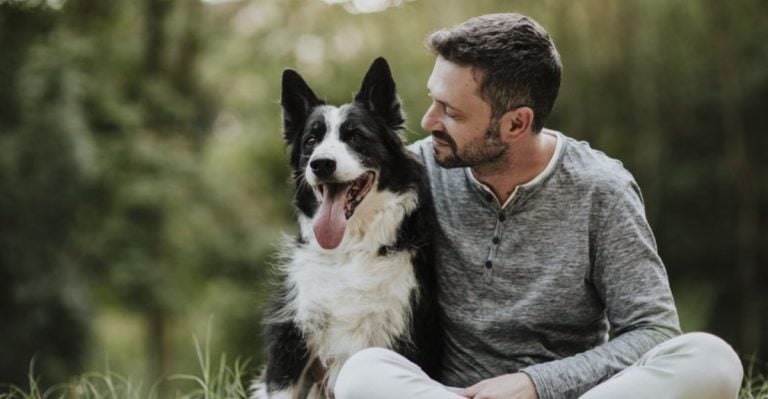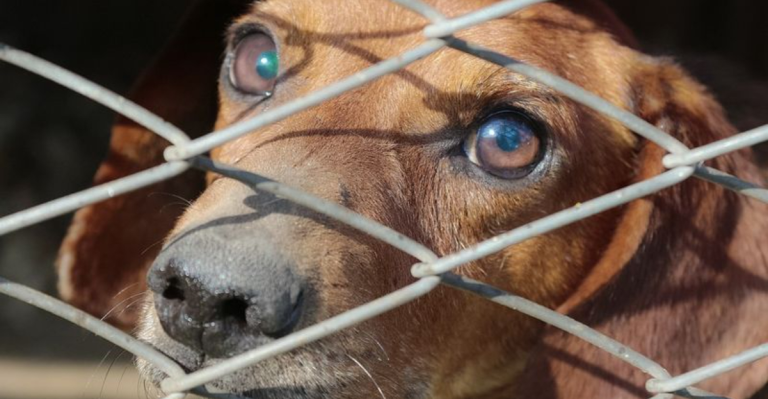15 Facts To Know Before You Get A Wolfdog

A wolfdog looks like magic in motion—part myth, part muscle. But living with one isn’t just a vibe; it’s a lifestyle shift. Before that stare wins you over, make sure you’re ready for everything that comes with bringing the wild into your home.
They Are Not Pet Dogs In Wolf Form

Wolfdogs are part domestic dog and part wild wolf, but the mix isn’t equal. This blend creates unpredictable behavior as Wolfdogs don’t fit neatly into the “pet” category and often confuse expectations with their mix of instincts.
Their Wild Instincts Run High

A squirrel runs by, and it’s not a game; it’s a hunt. That’s the wild in them. Most wolfdogs often show territorial behavior and pack-oriented actions. These instincts aren’t “bad,” just natural. These animals also don’t mesh well with small pets or untrained hands.
Wolfdogs Are Not Ideal For Families

Many fall for the exotic looks and think they’re just edgy huskies. That illusion breaks fast. Wolfdogs aren’t ideal family companions. In fact, they challenge rules and rarely cuddle up on command. Their spirit isn’t built for domestication, especially if there are little ones around.
Legal Problems Are Common

Thinking of getting one? First, check your zip code. Some states ban them outright; others require permits or special housing. Laws change, too—owning one legally now doesn’t mean you’ll be safe later. So, know your local rules before signing up for life with a legal gray area.
Training Them Can Be Very Difficult

Traditional obedience fails with wolfdogs. They’re intelligent but rarely follow commands blindly. Training them is a slow process based on mutual respect, not force. You can expect ongoing negotiations and stubborn moments. Success takes time and a mindset that shifts from control to cooperation.
They Can Climb High

Do you have a fence? Make it higher, at least 10 feet tall. And stronger. These hybrids can climb their way out like furry Houdinis. Fences must be fortress-level, or you’ll find them visiting the neighbors or, worse, crossing paths with danger. Therefore, containment isn’t optional here.
Fences Are Not Enough To Prevent Escapes

Wolfdogs orchestrate elaborate escape plans worthy of a heist movie. Their denning instincts kick in when fences sit on soft earth, which is perfect for tunneling. Experts suggest paving the perimeter or laying mesh flat along the inside of the fence. They can’t dig through those barriers.
Feeding Them Is Not Easy

Wolfdogs often need a raw diet: meat and, yes, organs. Kibble usually doesn’t meet their nutritional needs. Also, feeding them gets expensive and messy. It’s not for the faint-hearted or budget-conscious. If you’re not comfortable sourcing raw meat regularly, this might not be the pet for you.
Wolfdogs Come With Health Hurdles

What if you need a vet urgently? Many clinics won’t treat wolfdogs due to legal risks or lack of experience. Rabies vaccines aren’t even officially approved for hybrids. That means extra steps and, sometimes, flat-out refusals. Emergency care gets complicated fast.
They Are Social Creatures

Wolfdogs require connection and are wired for companionship. Without that bond, destruction often follows. What they crave most is belonging, not just space. And when they trust you, it runs deep, and your bond needs to be steady. If it’s not, their spirit would just fracture.
Getting A Wolfdog Is Costly

High fencing, vet bills, permits, and training all pile up fast for this wild hybrid. They’re not budget-friendly pets, and there’s no cutting corners on care. Love might be free, but wild comes at a price. So, ask yourself honestly: Are your funds ready for that kind of responsibility?
Wolfdogs Are Not First-Time Owners

If you never cared for a pet before, click out. Wolfdogs need experienced, confident handlers who can read body language and adapt. Their behavior can shift with seasons, maturity, or environment. So, consistency matters a lot. If that dynamic feels unfamiliar, you may not be the right match for them.
Owners Often Leave Them Stranded

Many wolfdogs end up dumped or surrendered because owners realize too late that they bit off more than they could chew. Sanctuaries are overrun, and few can take more. If you’re unsure, don’t risk adding to the problem. Pet adoption should never be a gamble.
Breeding Ethics Are Often Ignored

Breeding wolfdogs is a moral tightrope. Are we creating companions or problems? Many breeders prioritize looks over temperament, leading to poorly adjusted animals. Without proper breeding practices, it’s a backyard experiment with real consequences, so think hard before getting excited.
They Are A Long Commitment

With a 12–18 year lifespan, a wolfdog demands resources and honest effort. It’s not a weekend project. Rather, it requires consistency long after the novelty fades. What starts as excitement must become long-term dedication when that pup becomes a powerful, instinct-driven adult.






